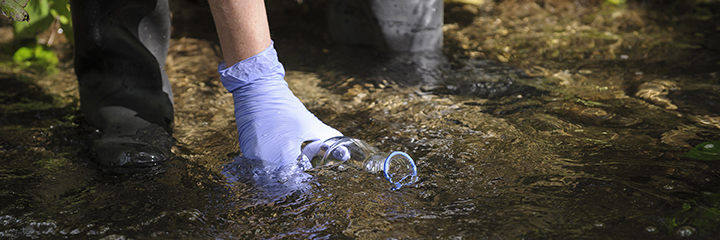As Europe’s water tower, Switzerland has substantial water resources. Despite the generally good quality of its water, residues from fertilizer and plant protection products, micropollutants, man-made structures and artificial obstacles damage its surface and underground waters. Analyses and predictions of water levels and flows make it possible to issue early flood warnings.






